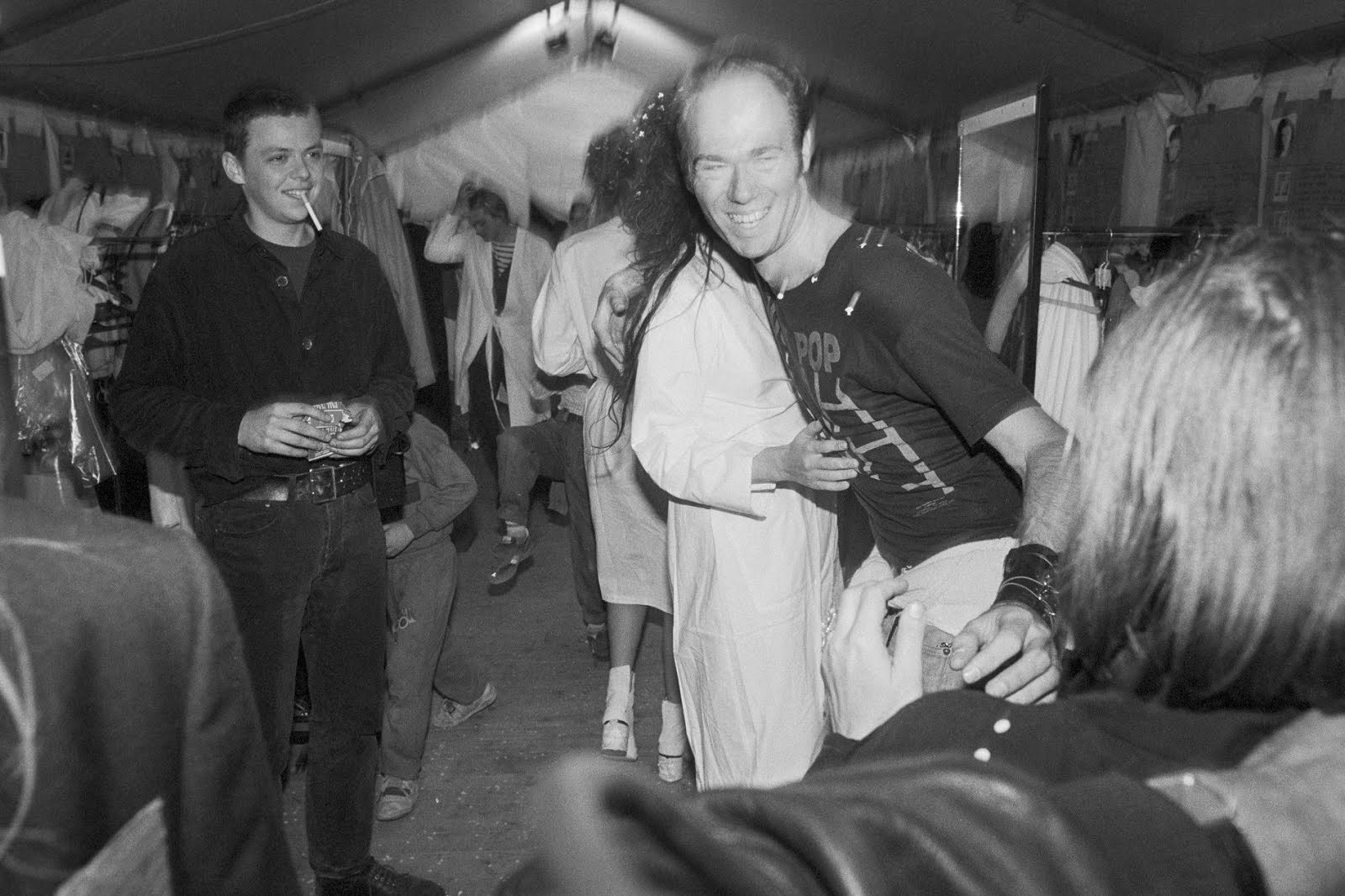Margiela's Blanks
The absence of label is an invitation to create.
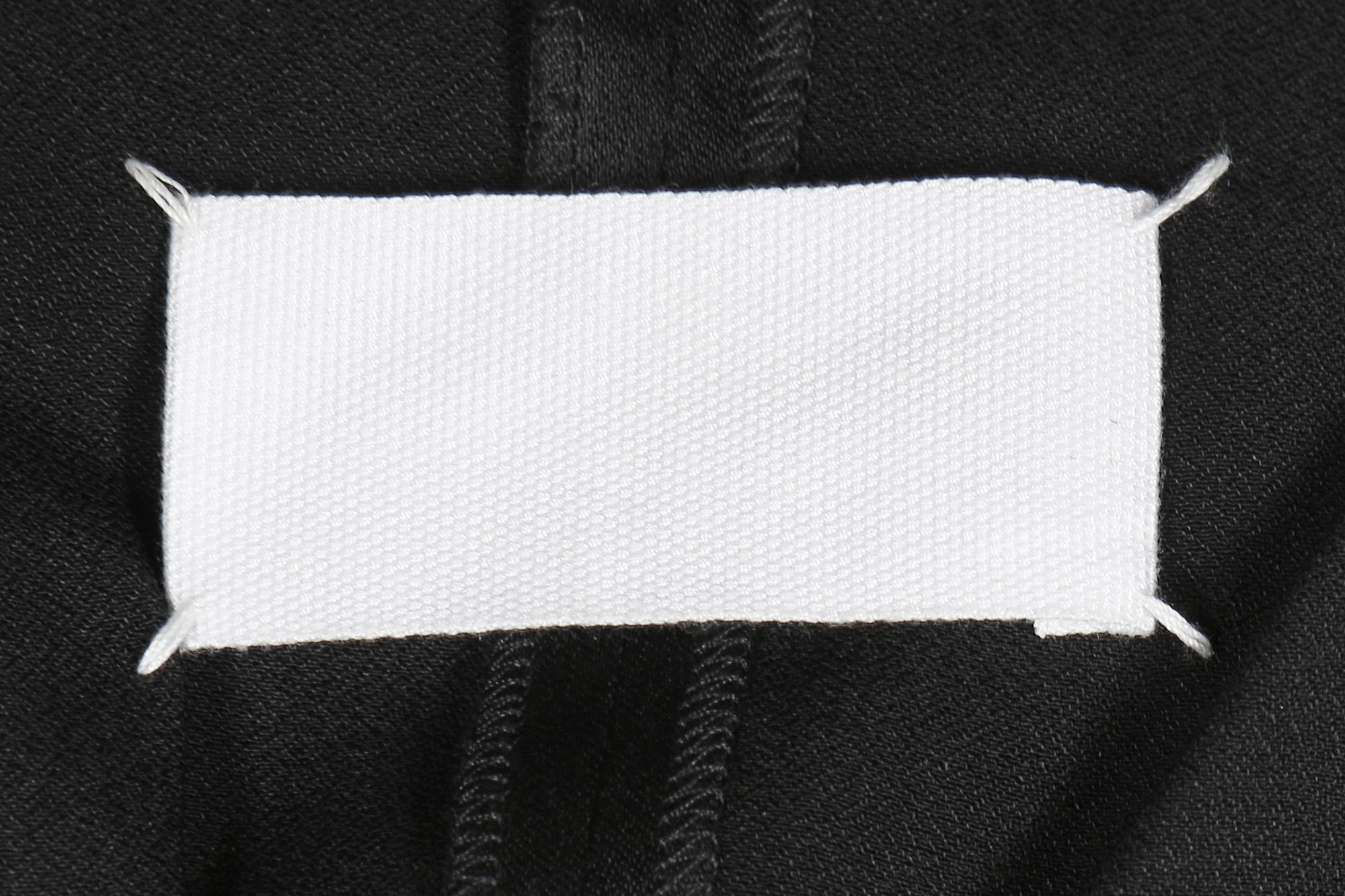
A blank is so beautiful.
Inviting, and intimidating. Because white shows everything. The marks, the scuffs, the age, the wear.
No wonder Martin Margiela loved them.
It wasn't until I studied his work that I realised his genius – a man who isn't really there.
For years, all the clothing labels he made were blanks.
A blank is just a space, where a famous name should be. A blank is an empty page, a plain white shirt, a runway made of paper that hasn't been walked on yet. A blank could be a space to be filled with an idea. And fuck yeah — sure, an idea is something you can wear.
A year ago, I wouldn't have believed me.
But now I've spent hours with him, watching every Margiela runway show since 1989.
And let me tell you what I learned, from the designer who turned me onto the conceptual power of apparel.
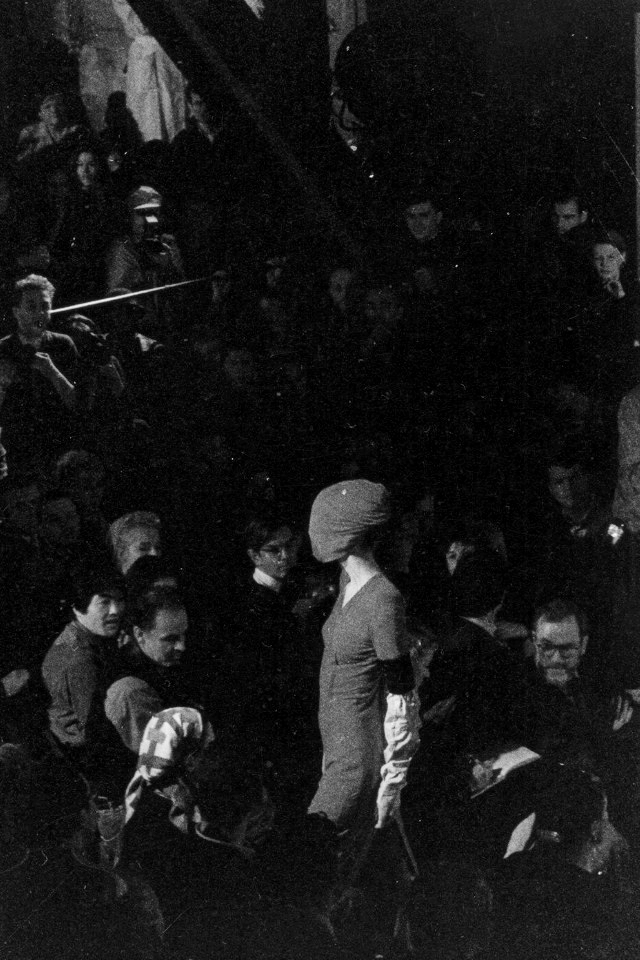
Labels are transient.
So are makers, so is everyone. We obsess over labels as a powerful signal; they allow you to be something, put a sigil on your chest, the inside of your jacket or your wrist or wherever, but there comes a point where - it - wears - you.
Blank labels reverse the polarity, hand power back. You pay a fortune for an item and yet the brand comes with stitches designed for even this minimal tag to be pulled off.
Later MM introduced the enigmatic numbers, a taxonomy of wear — 1 for women's, 22 for shoes, and all that; you draw from the index, put on a shirt or a pair of pumps. It's orderly but yours.
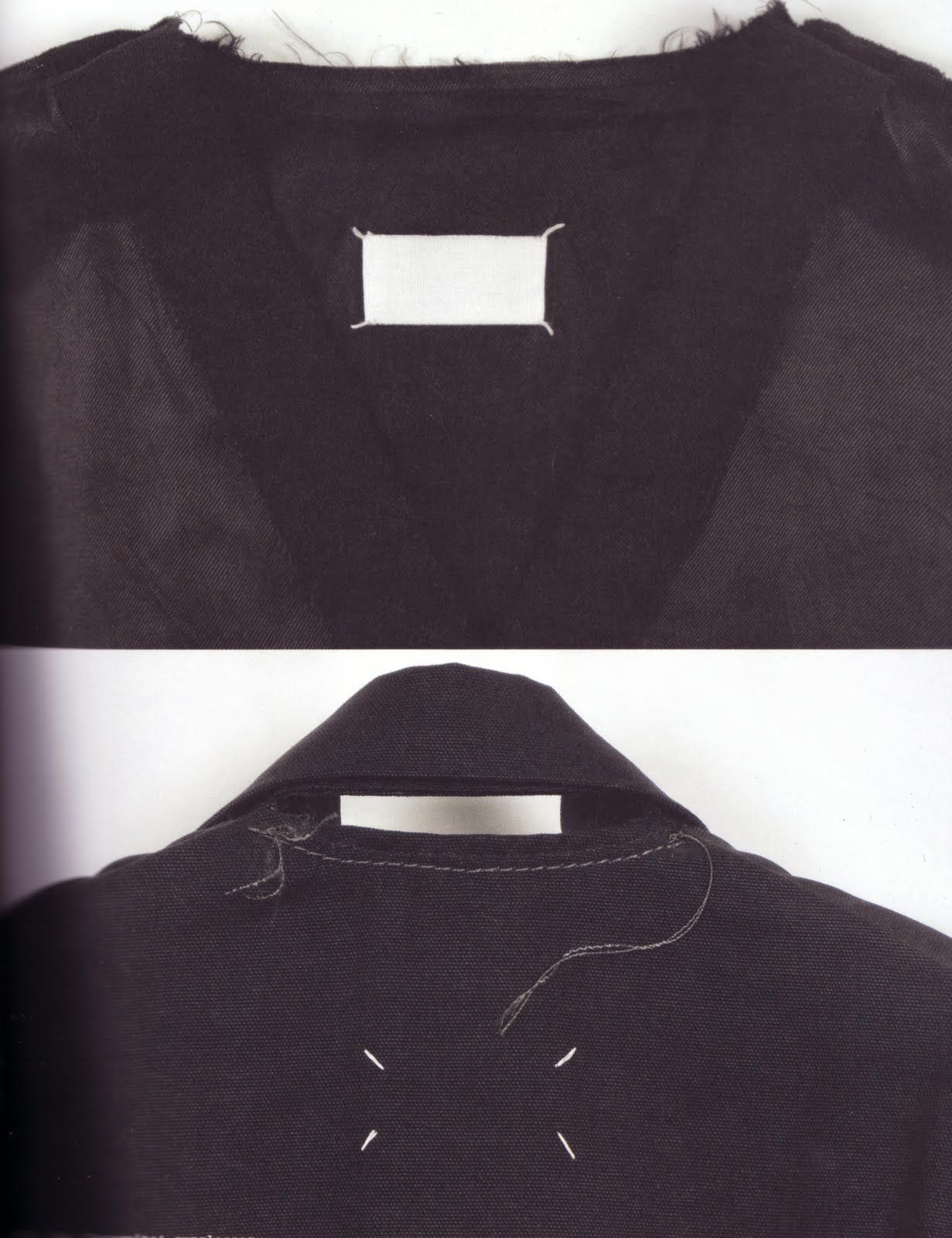

Is anyone... anyone?
The point of creativity is your own obscurity; unidentifiable and shadowy next to your creation.
By tradition, the whole Margiela team and often the models are outfitted in white lab coats: generic, anonymous.
On the runway, Margiela's models sometimes walk carelessly, they trip/fall, go out all at once, or with their civilian boyfriends, their babies, playground kids —

— and even when they do, they don't catwalk, they just... walk. A normal walk; the stroll of beautiful people but everyday beautiful; people you might look twice at on the subway or the coffee shop, but no more... the make-up a little messy, the hair not even pristine.
The clothes are the stars, not them.
Let's not stand on ceremony, he seems to be saying, even normal things can be elevated, there's glory in imperfection, in outfits that feel thrown together, in messy life, in making do; it's like he's saying—
Yeah, the banal is beautiful.
And it's his carrier bag t-shirt that inspired Zoolander's Derelicte — LOL — but there were the oversized shirts cinched to the body with dry cleaning bags, broken plates that are waistcoats, old dead scraps of fabric elevated to high fashion, historic garments that repurpose a scarf as a bra or a shirt as a dress, and even gorgeous little black ribbon knuckledusters.
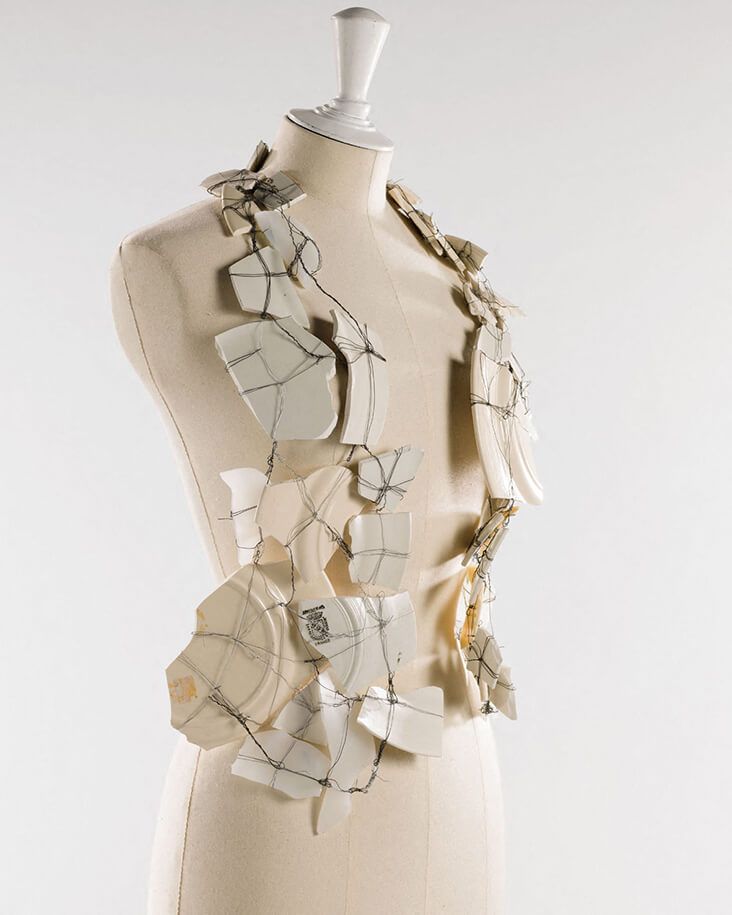
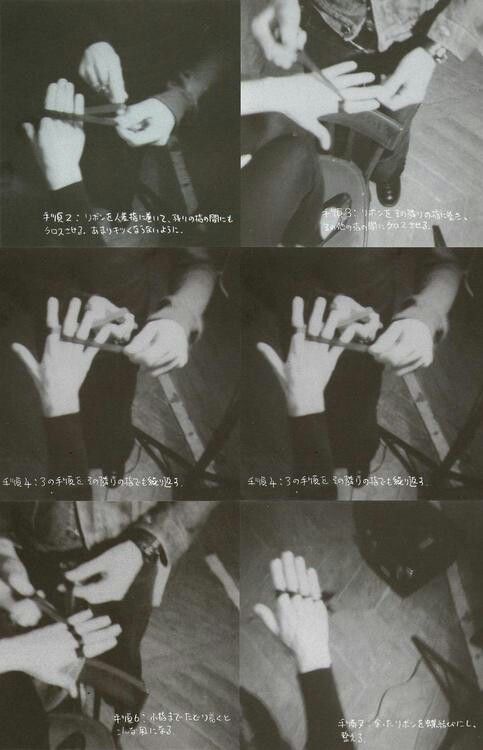
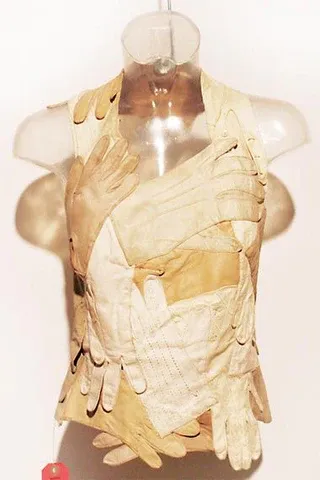
Waste and decay are a part of us: they are inherently humanmade.
Even the runway shows expose their inner workings, the behind-the-scenes of before and after the show itself; the chaos and exhilaration. The band plays songs, but only the best bits, record-skipping, like a teenager shuffling through their favourite playlist because—
The process is beautiful too, to see how the thing is made.
And even in tattered state, the technical craft is immense. To make a perfect dress just from the lining, to repurpose old tabi boots by painting over them, to formulate shoulders out of wool that feel they could cut you.

Exposing the structure shows the elegance of the making, even with the seams on the outside, the darting right in front of you. It's somehow still elegant. Like a magician exposing their own trick but still surprising you. With your eyes wide open, making the lady vanish.
And still you're gone.
Absent.
You know the masks? The masks.
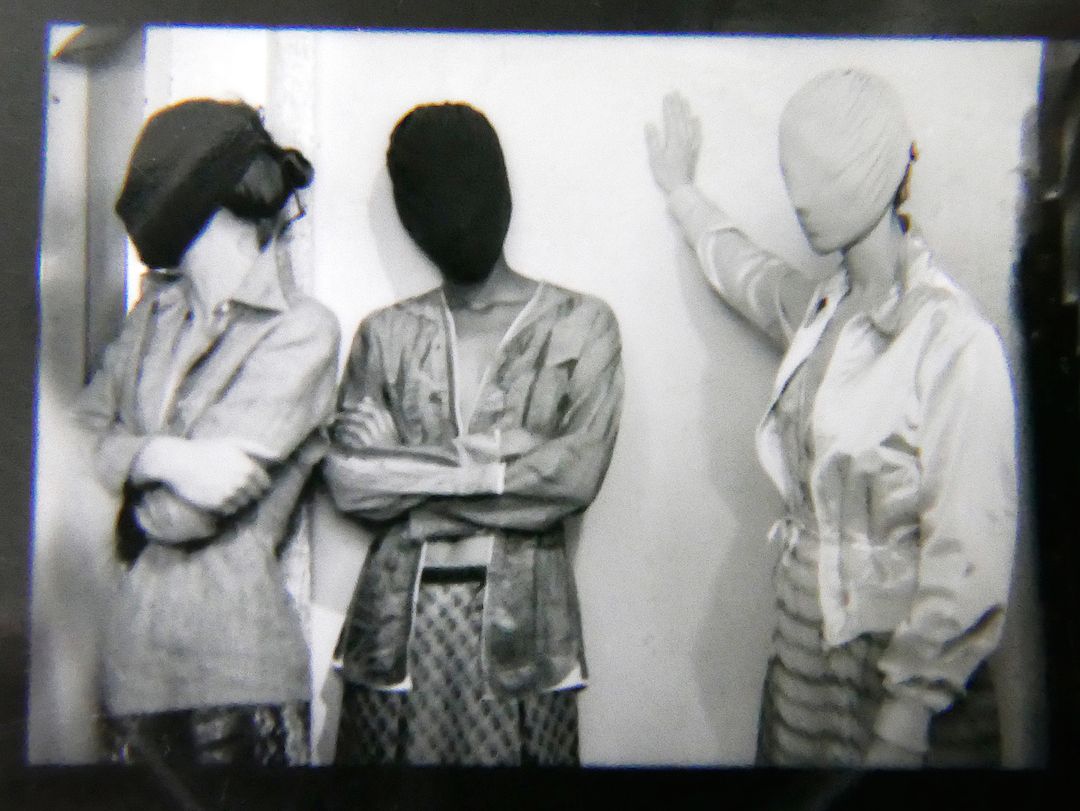
These veils attempt to persuade you that it's not the artist that should catch your eye, but the work. It's not their face you need to see, but what they've made.
The image is striking. The individual, even if it's Kanye, simply isn't there.

The artist? No. Don't worry about them.
And Martin? Damn, we haven't seen Martin in years.

Clothing's there for comfort, self-expression, signalling.
But it can contain ideas, just as we do.
To be blank is to be understated, to let your work fill the space.
To be absent lets your work take centre stage.
To wear blanks means you're not subject to another person's label, but one you write yourself.
Margiela's blanks leave us space to create.
It's not just apparel, it's inspiration.
With a blank, you just haven't made it — yet.
.
.
.
Notes:
Following the thread to Margiela was a natural progression given my mentor's lineage. Thanks V.
Kudos to Bliss Foster for the amazing and insightful commentary on Margiela. The channel and this series in particular are a great service to the curious.
